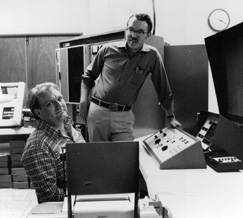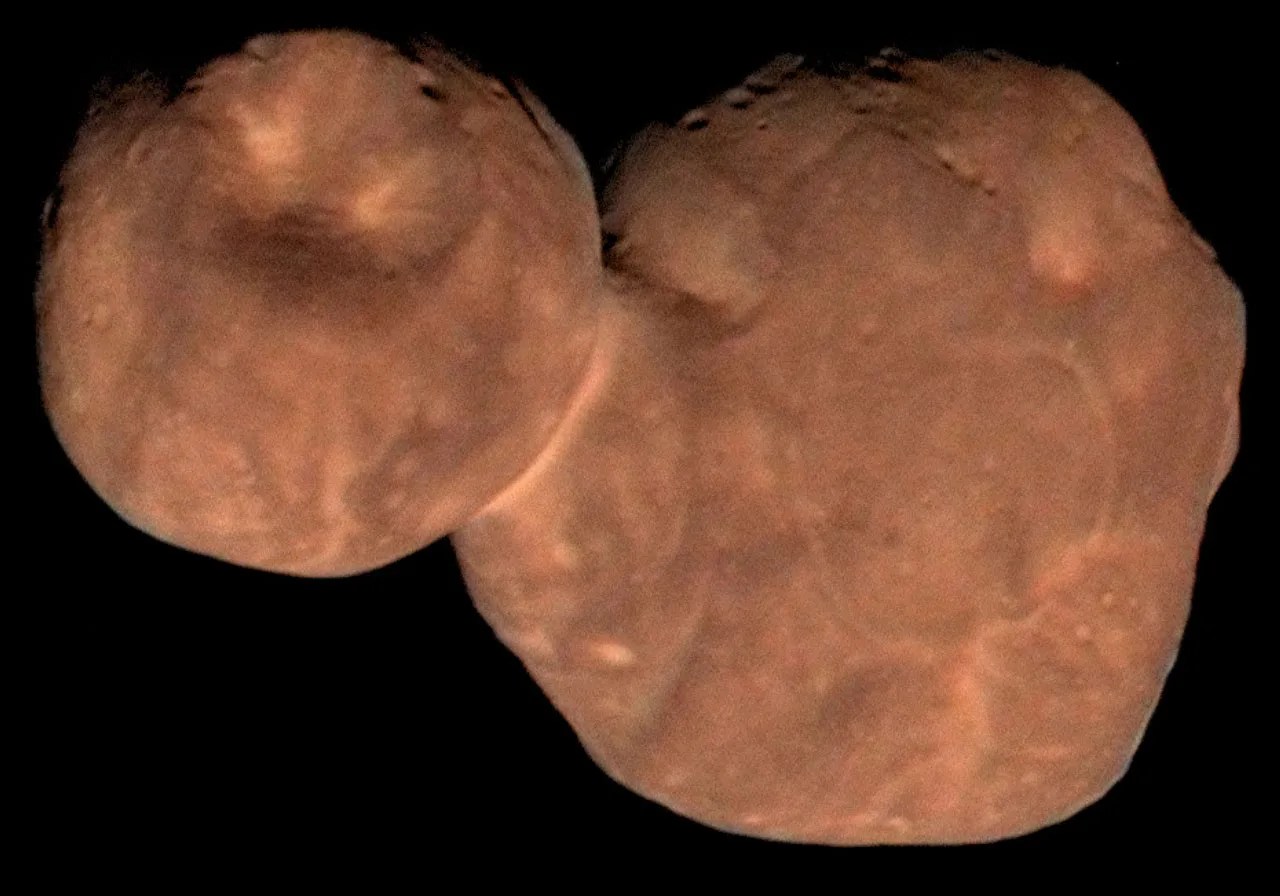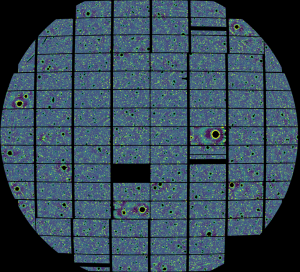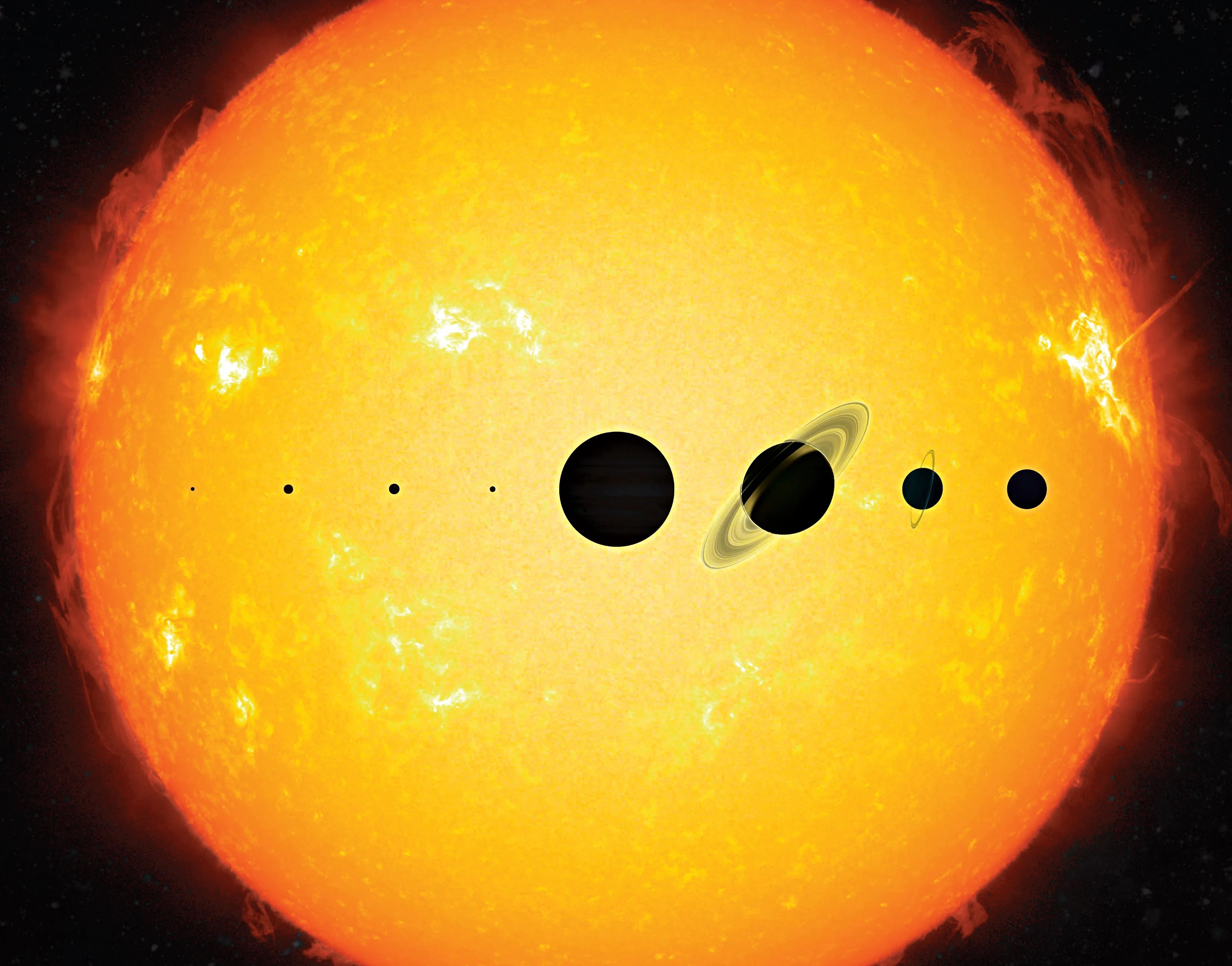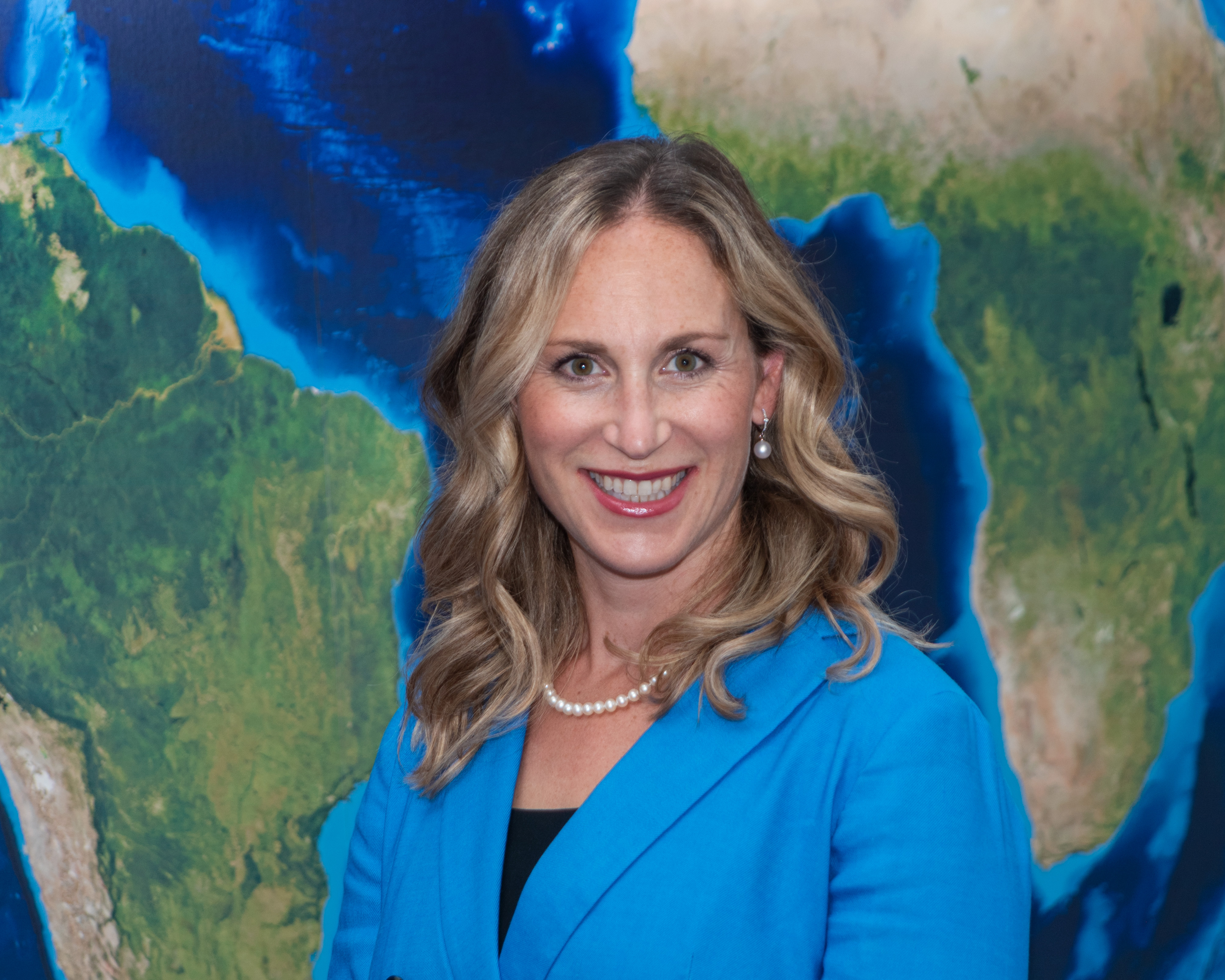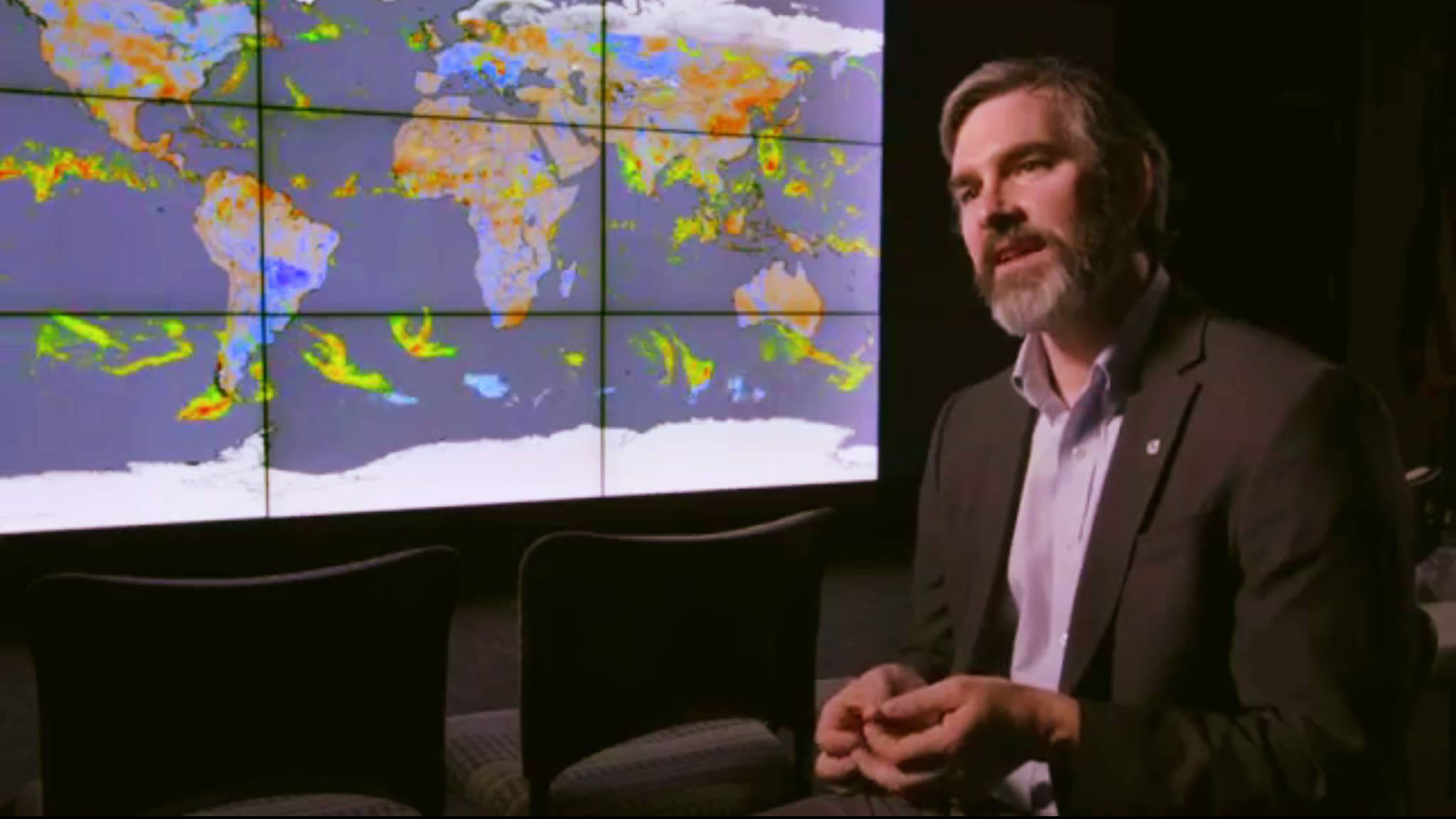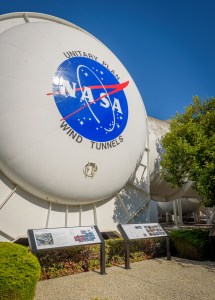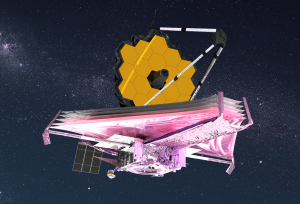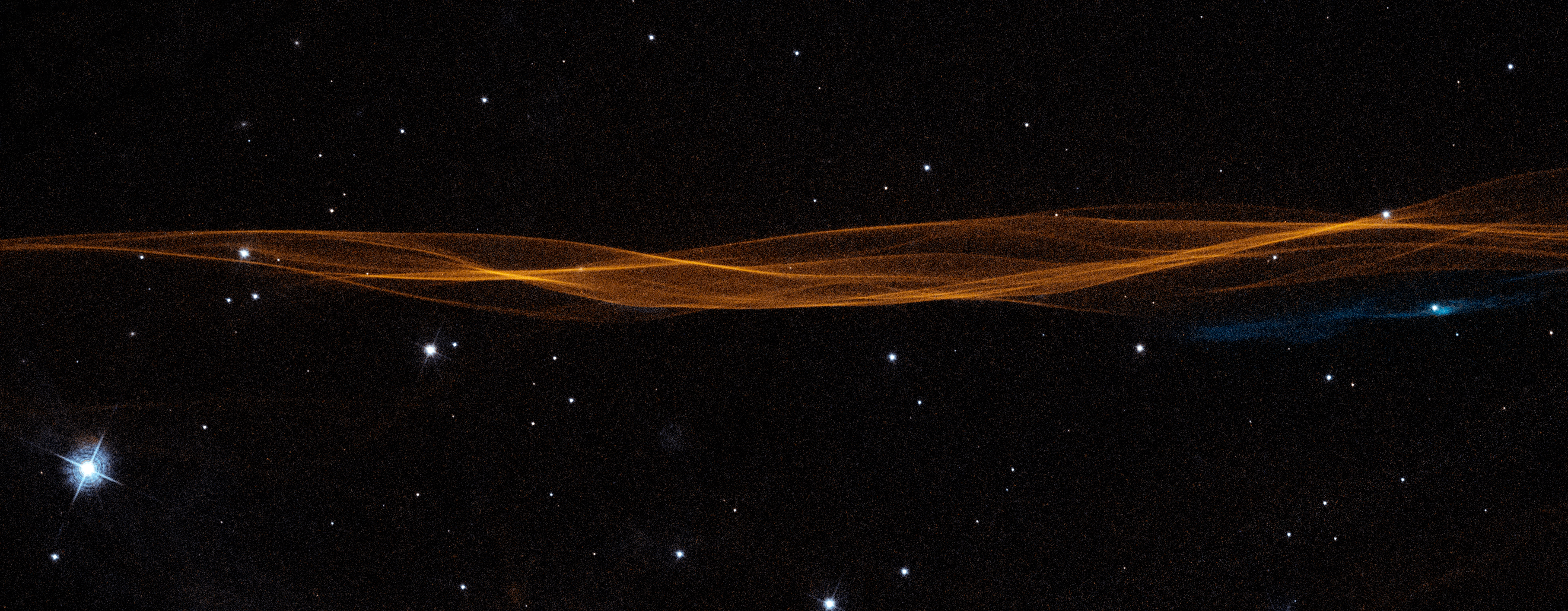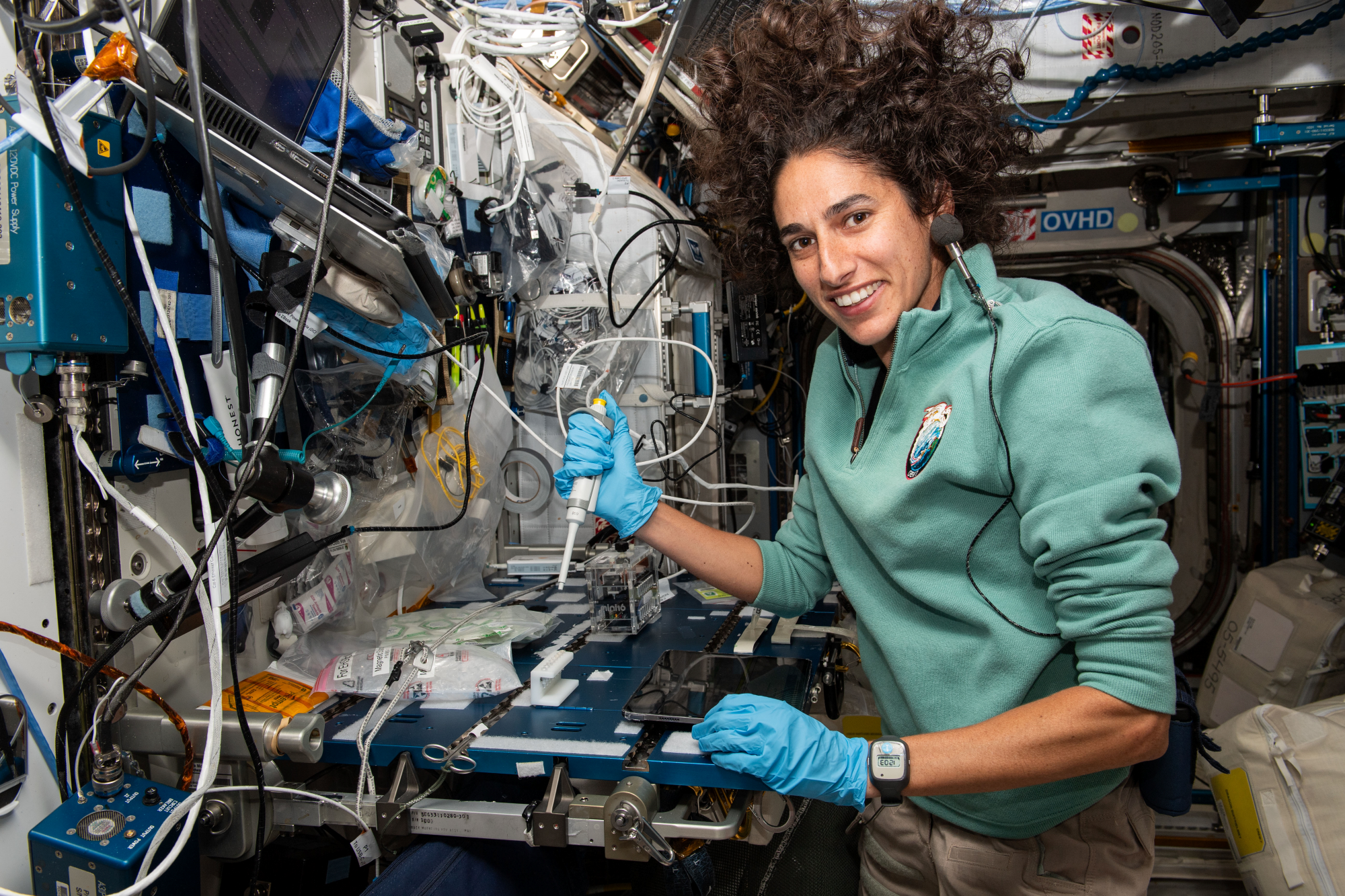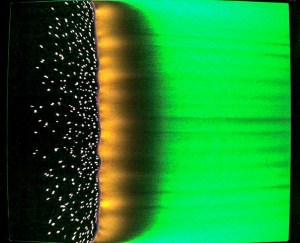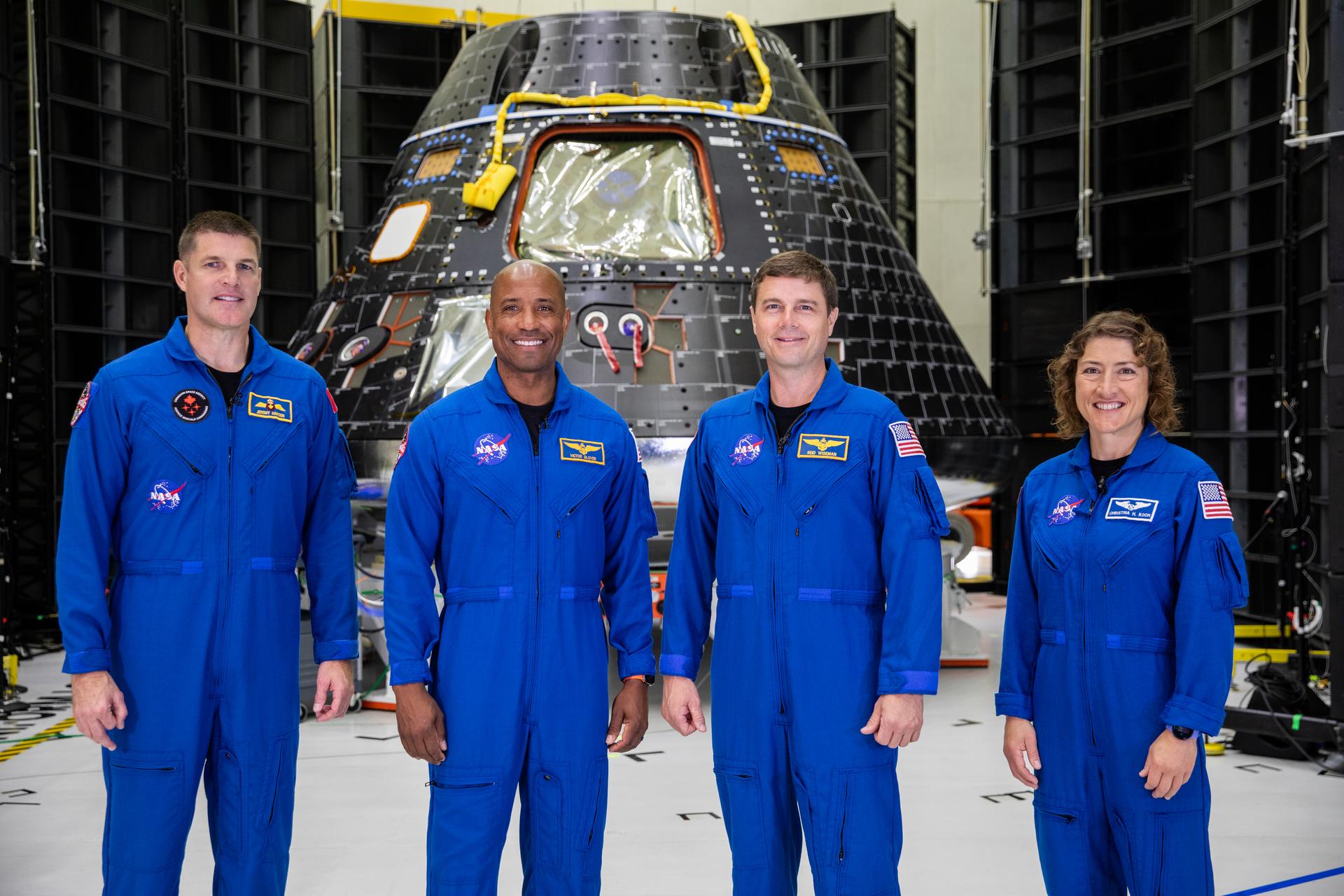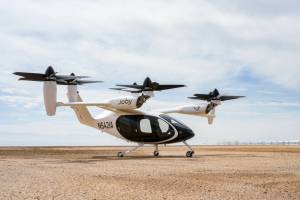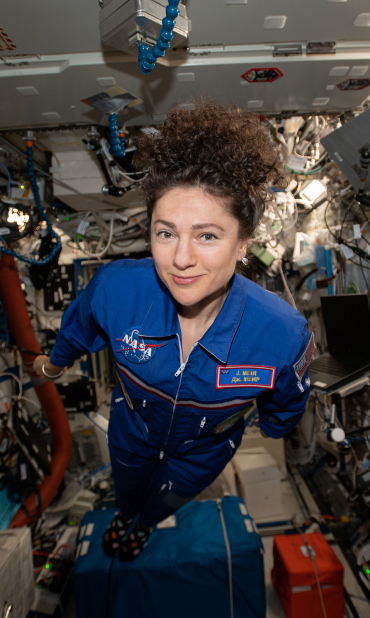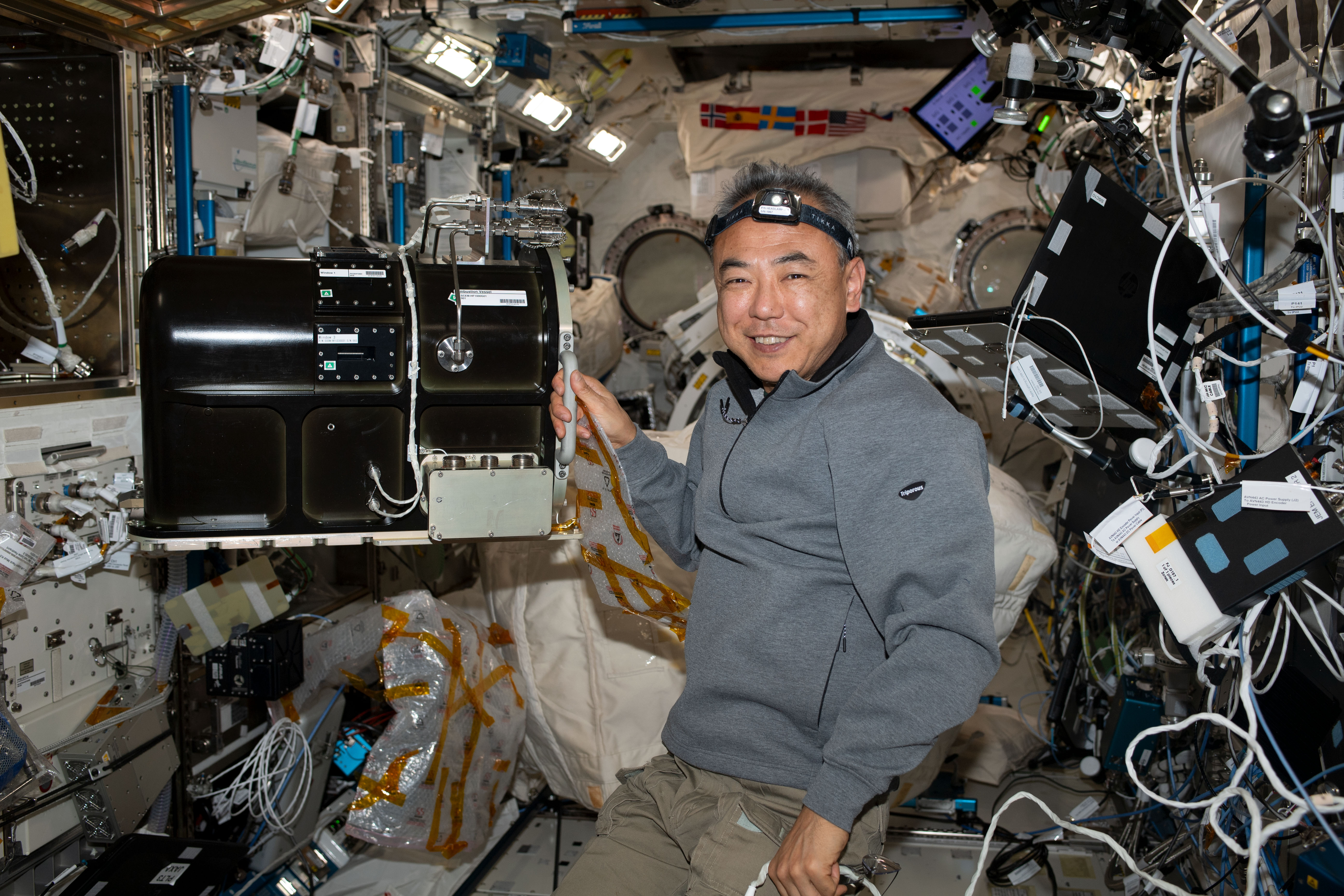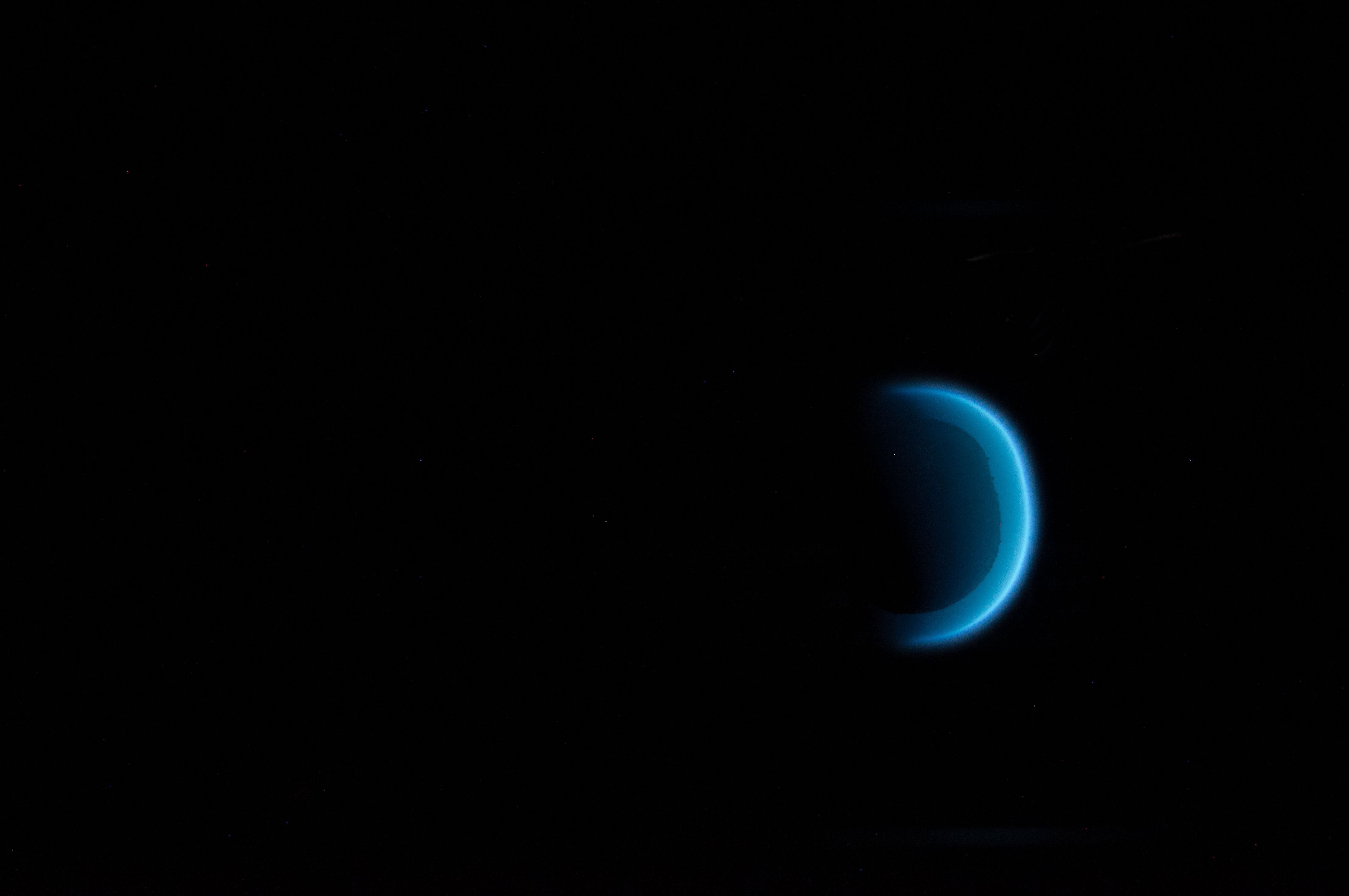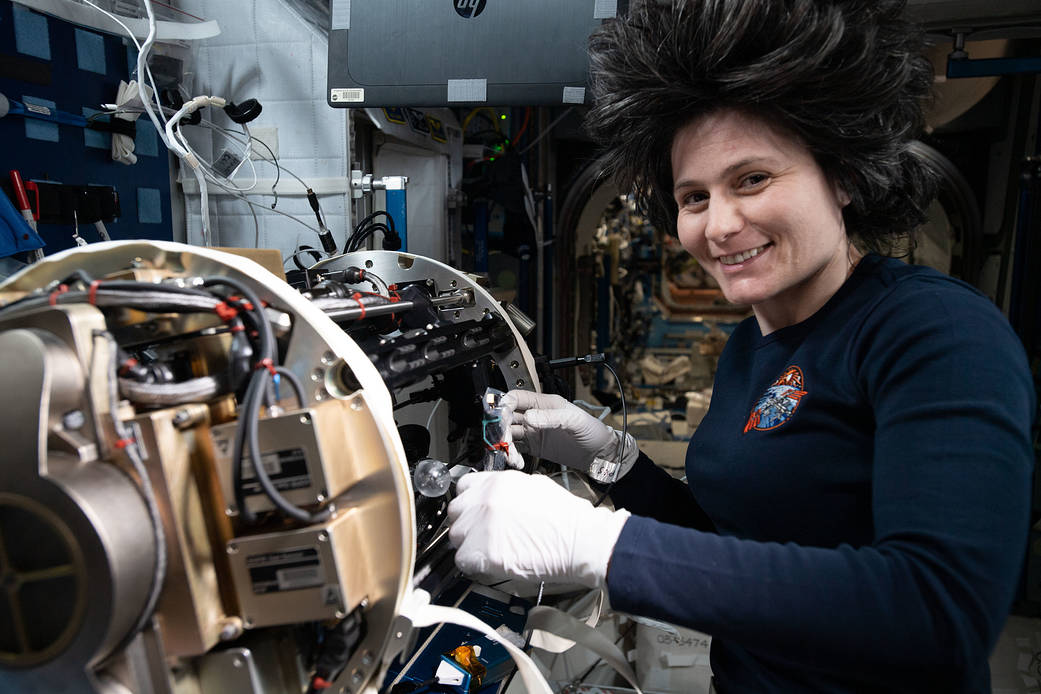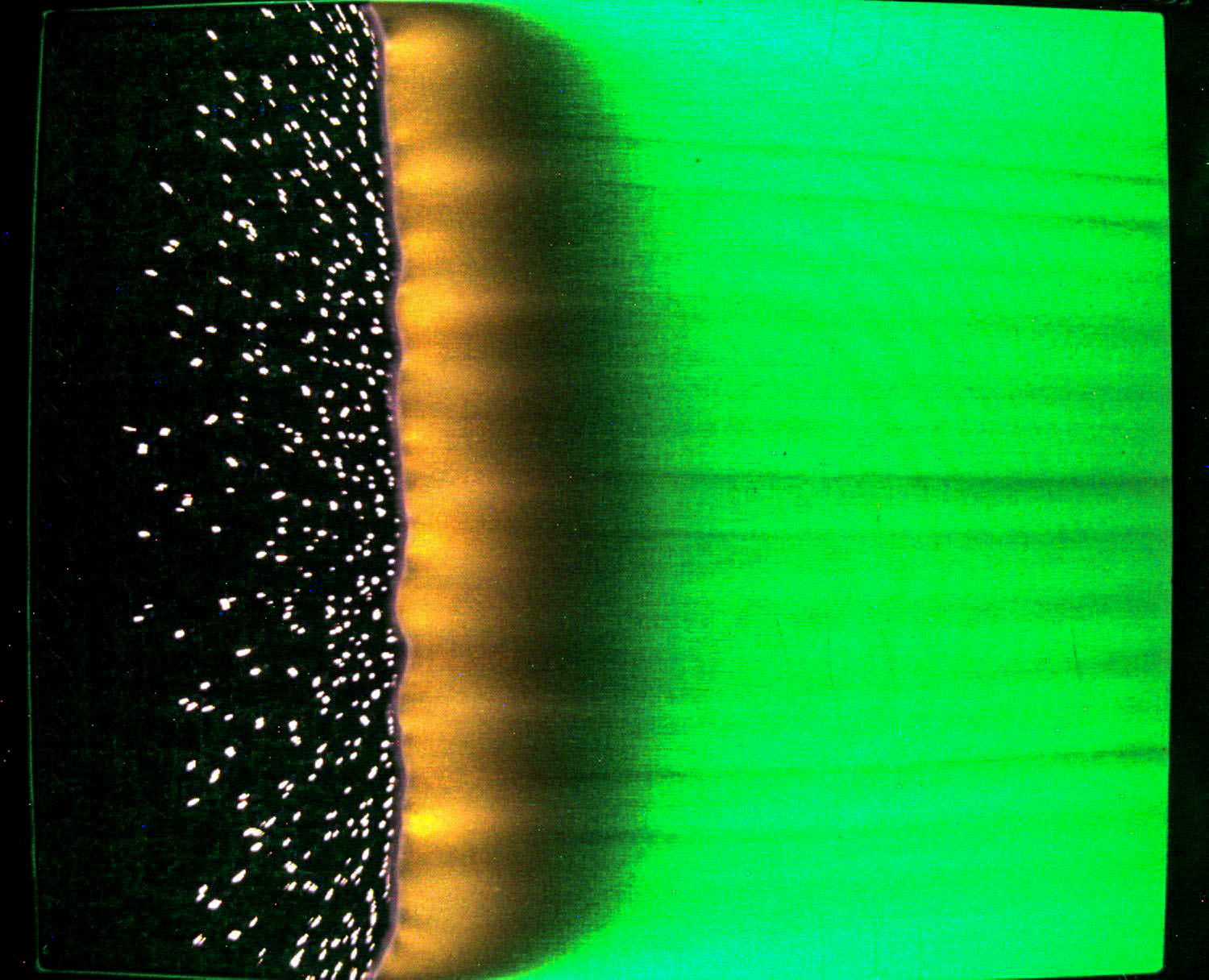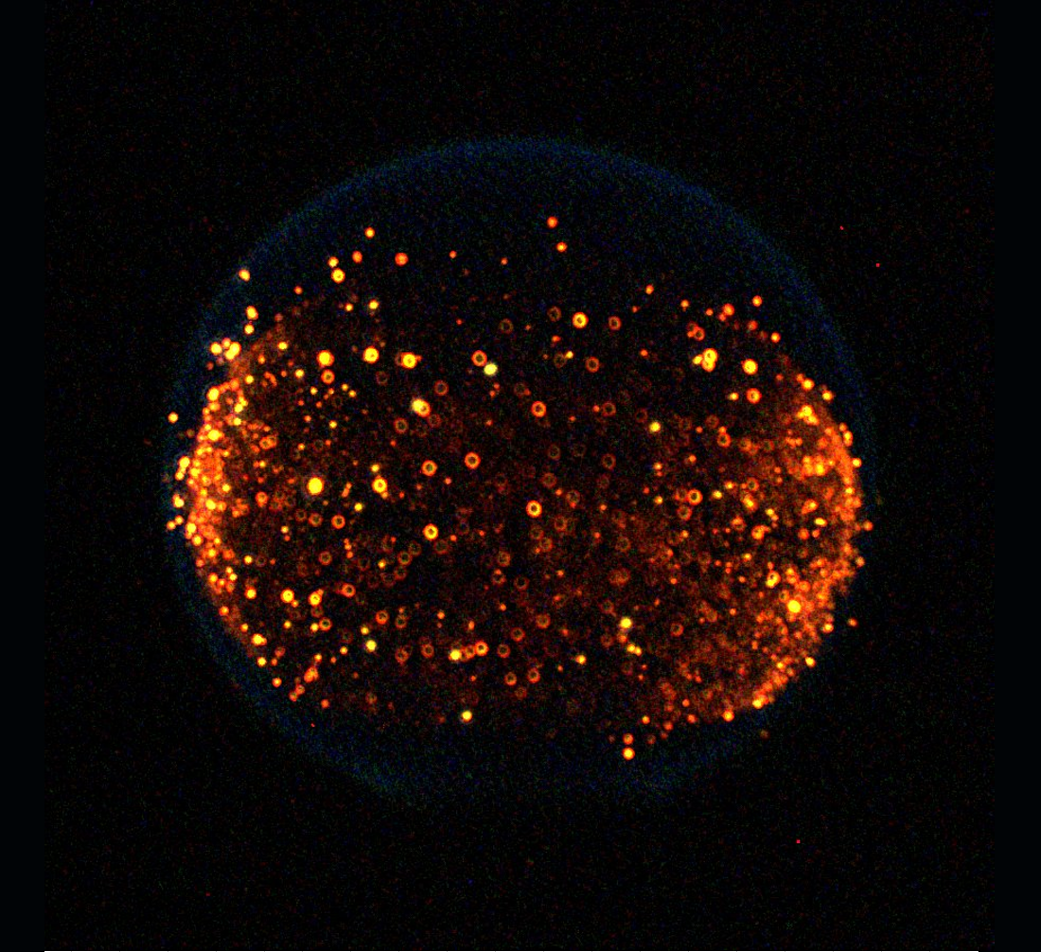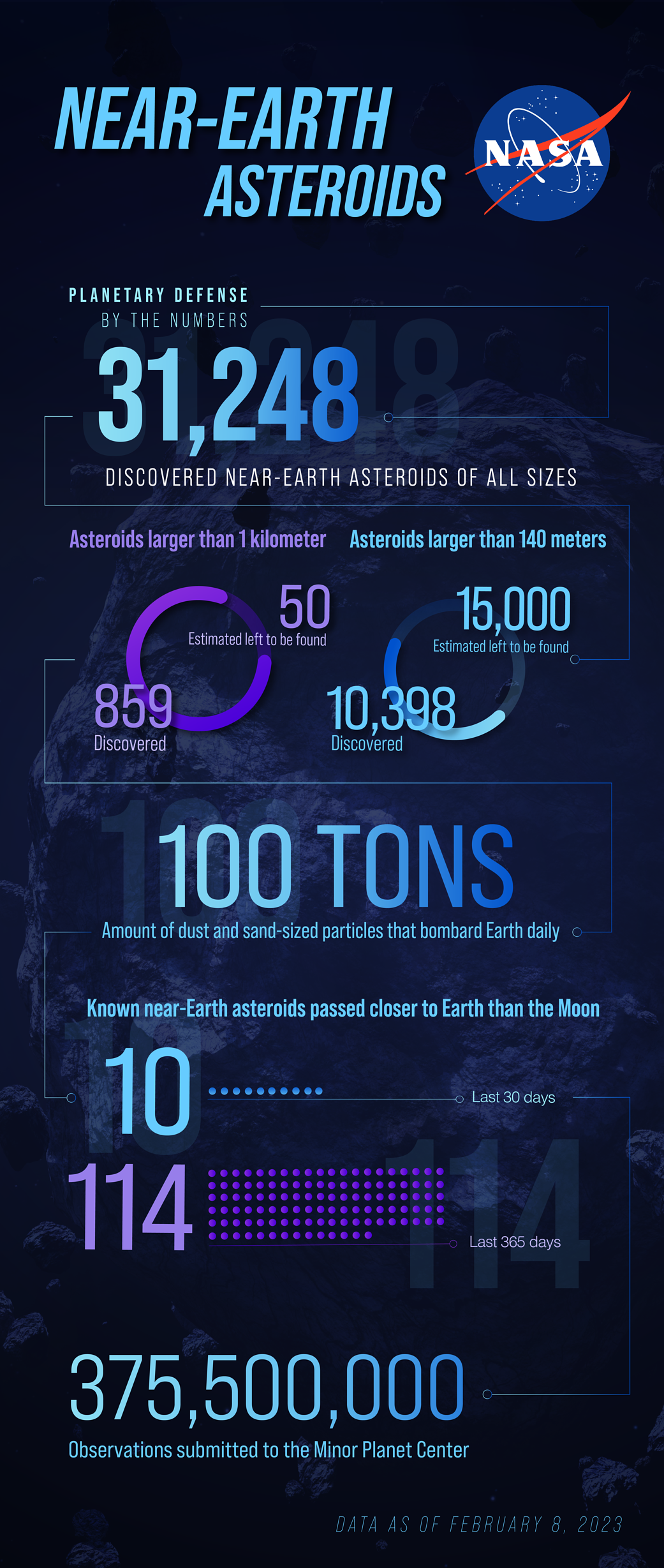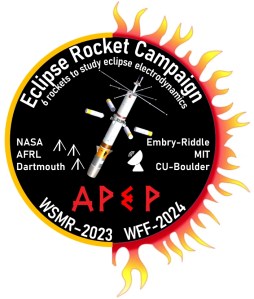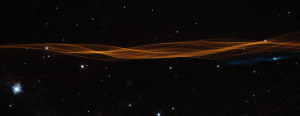NASA’s New Horizons to Continue Exploring Outer Solar System
3 min read
NASA’s New Horizons to Continue Exploring Outer Solar System
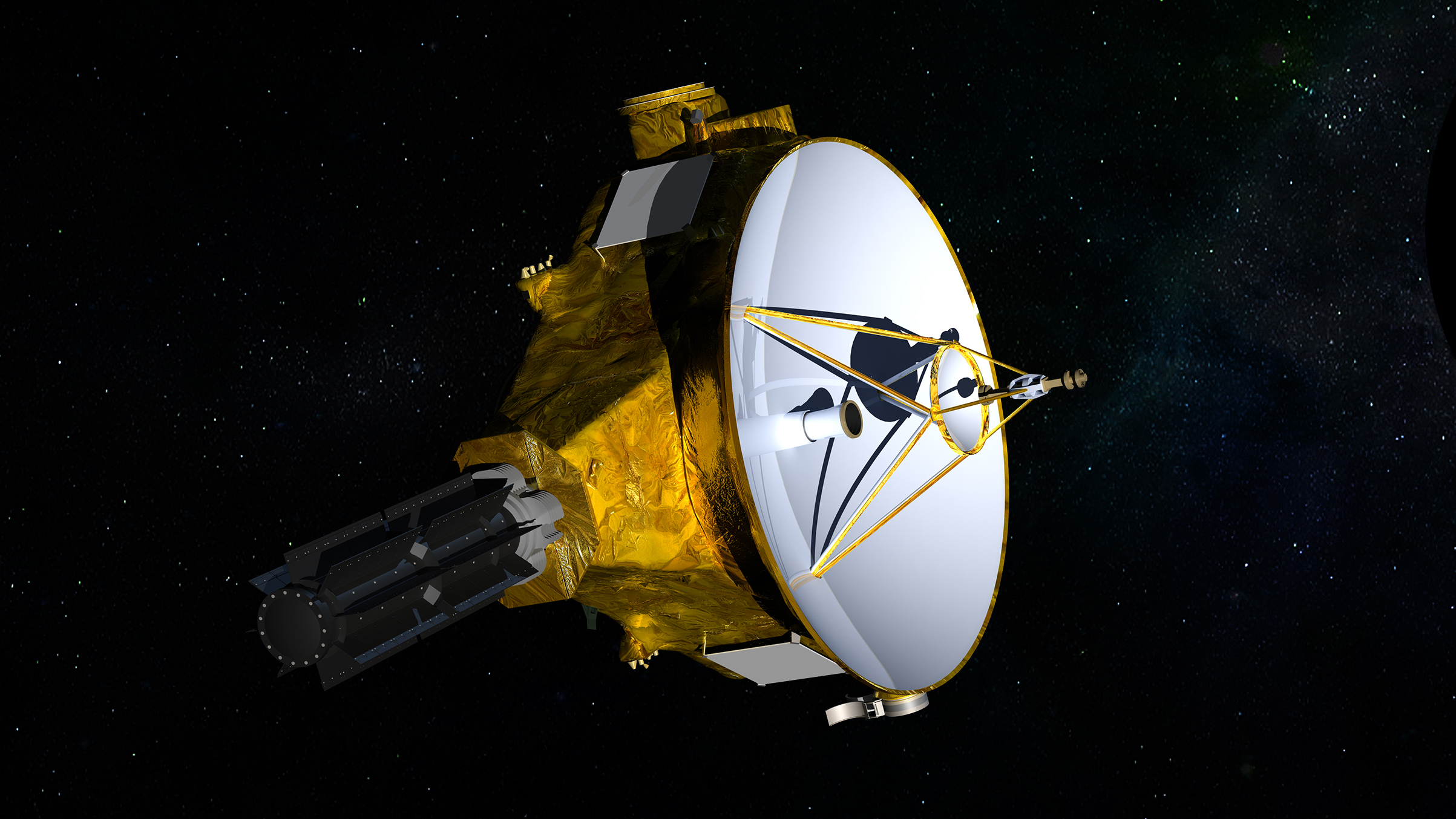
NASA has announced an updated plan to continue New Horizons’ mission of exploration of the outer solar system.
Beginning in fiscal year 2025, New Horizons will focus on gathering unique heliophysics data, which can be readily obtained during an extended, low-activity mode of operations.
While the science community is not currently aware of any reachable Kuiper Belt object, this new path allows for the possibility of using the spacecraft for a future close flyby of such an object, should one be identified. It also will enable the spacecraft to preserve fuel and reduce operational complexity while a search is conducted for a compelling flyby candidate.
“The New Horizons mission has a unique position in our solar system to answer important questions about our heliosphere and provide extraordinary opportunities for multidisciplinary science for NASA and the scientific community,” said Nicola Fox, associate administrator for NASA’s Science Mission Directorate in Washington. “The agency decided that it was best to extend operations for New Horizons until the spacecraft exits the Kuiper Belt, which is expected in 2028 through 2029.”
This new, extended mission will be primarily funded by NASA’s Planetary Science Division and jointly managed by NASA’s Heliophysics and Planetary Science Divisions.
NASA will assess the budget impact of continuing the New Horizons mission so far beyond its original plan of exploration. As a starting point, funding within the New Frontiers program (including science research and data analysis) will be rebalanced to accommodate extended New Horizons operations, and future projects may be impacted.
Launched on January 18, 2006, NASA’s New Horizons spacecraft has helped scientists understand worlds at the edge of our solar system by visiting the dwarf planet Pluto (its primary mission) and then venturing farther out for a flyby of the Kuiper belt object Arrokoth, a double-lobed relic of the formation of our solar system, and other more remote observations of similar bodies.
The Johns Hopkins University Applied Physics Laboratory in Laurel, Maryland, designed, built and operates the New Horizons spacecraft, and manages the mission for NASA’s Science Mission Directorate. The Marshall Space Flight Center Planetary Management Office provides the NASA oversight for the New Horizons. Southwest Research Institute, based in San Antonio, directs the mission via Principal Investigator Stern, and leads the science team, payload operations and encounter science planning. New Horizons is part of the New Frontiers Program managed by NASA’s Marshall Space Flight Center in Huntsville, Alabama.
Share
Details
Related Terms
Powered by WPeMatico
Get The Details…
Tricia Talbert



